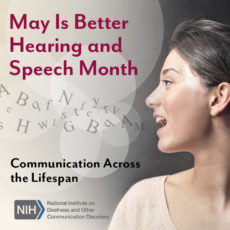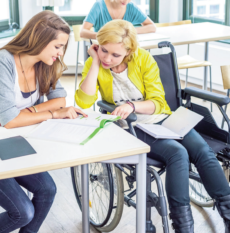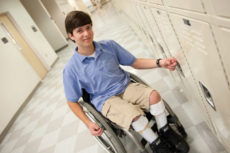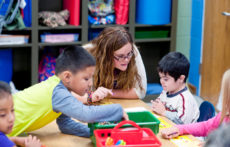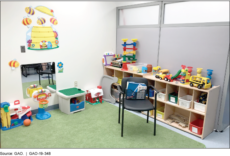At least 20 percent of U.S. adults, at some point in their lives, experience significant difficulty in hearing, balance, taste, smell, voice, speech, or language—the research areas of the National Institute on Deafness and Other Communication Disorders (NIDCD). These challenges can compromise physical and emotional health and affect the social, educational, vocational, and recreational aspects of life. To raise awareness about disorders related to hearing, voice, speech, or language, the NIDCD joins the American Speech-Language-Hearing […]
Category: Featured Topics
Higher Education Policy Changes Take Center Stage
Students With Disabilities May Be Collateral Damage in College Admissions Scandal Earlier this month, Americans were made aware of a number of wealthy families allegedly abusing the college admissions process by faking disabilities, cheating on admissions tests, and bribing college officials. The alleged scheme is incredibly discouraging and does a serious disservice to students who have real disabilities and rely on accommodations in school. Many disabilities rights advocates, including some who advocated on behalf of […]
Living with Spina Bifida: School-Aged Children
Starting school brings children into regular contact with the larger world. Friendships become important and physical, social, and mental skills develop rapidly during this time. Children who feel good about themselves are more able to resist negative peer pressure and make better choices. This is an important time for children to become more responsible and independent. This is also a good time to start exploring potential lifetime interests such as hobbies, music, or sports. Developing […]
A Tale of Two Schools: Inclusive Culture Created With Purpose
It can be difficult to educate students with disabilities in an innovative and effective way. But NCLD recently visited two very different schools that were doing just that. These schools serve two very different populations, in two different parts of the country. We found an important commonality, though: an inclusive culture that was created with purpose. NCLD has been working to identify promising 21st-century learning practices in schools. We’re focused on how these practices serve […]
Varied State Criteria May Contribute to Differences in Percentages of Children Served
What GAO Found Differences in states’ eligibility criteria and the difficulty of identifying and evaluating some children suspected of having disabilities may contribute to differences in the percentages of children receiving special education services across states. The Individuals with Disabilities Education Act (IDEA), the primary federal special education law, requires states to have policies and procedures in place to ensure that all children with disabilities residing in the state who need special education services are […]

